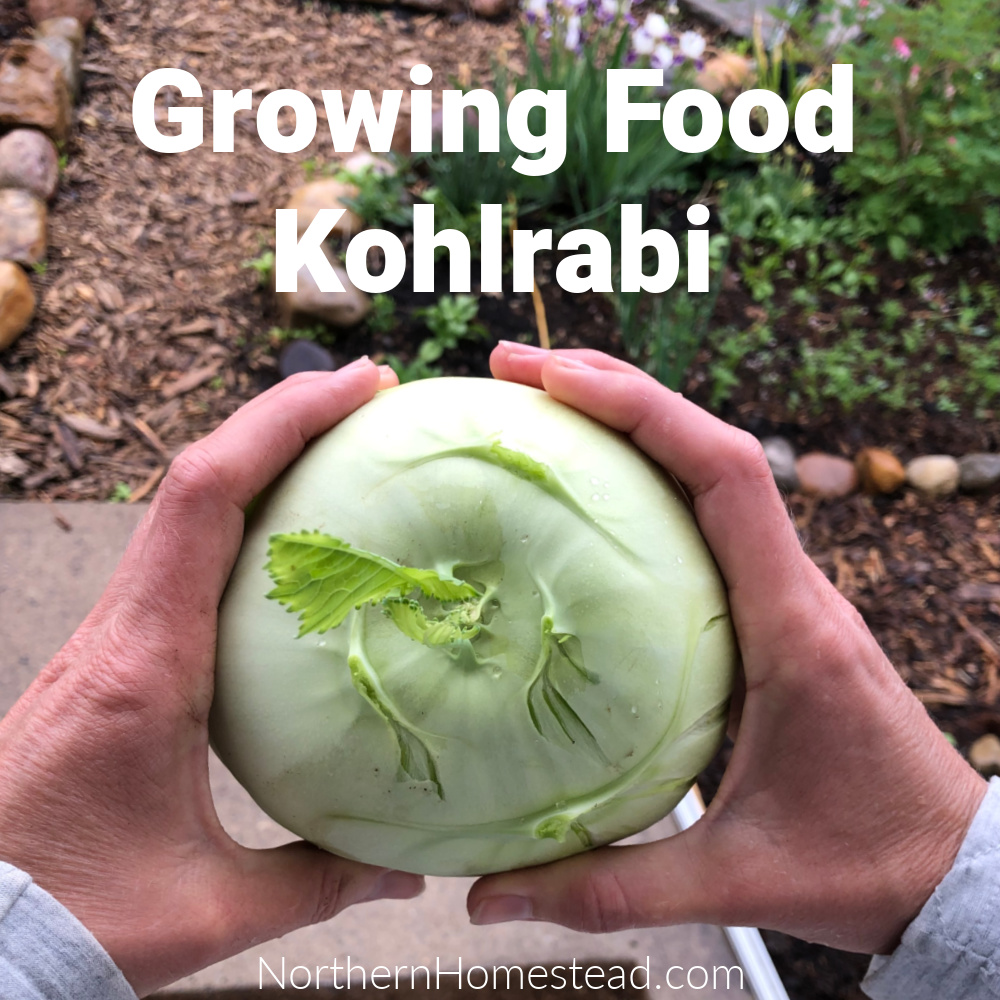
Kohlrabi is a humble plant in the vegetable garden, but since it is so versatile and easy to grow it deserves a spot in our growing food series.
It is a very reliable, fast-growing vegetable that can be enjoyed raw or cooked. If you want to grow food, grow kohlrabi.
What is kohlrabi

The name kohlrabi comes from German for “cabbage turnip” or “Kohl Rübe” though kohlrabi is not a root vegetable at all. It forms a bulb right above the ground and grows leaves around it.
In my opinion, the taste comes closest to cauliflower, especially when cooked.
Kohlrabi comes in diferent varieties. The pretty purple kohlrabi has white flesh just like the white kohlrabi does. Some get woody with maturity. Our favorite varieties are Konan and Purple Vienna.
How to grow Kohlrabi
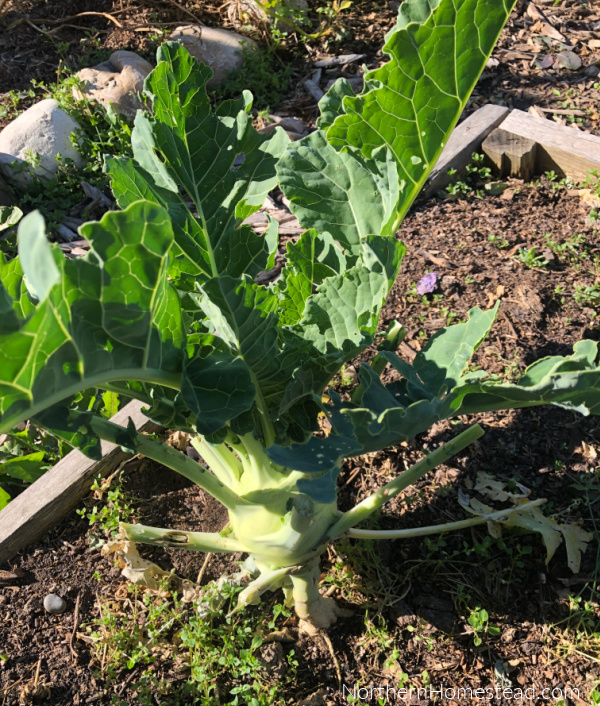
Kohlrabi is part of the cabbage family plants, however, while cauliflower faces the challenge of being too cold, and broccoli on the contrary doesn’t like heat, kohlrabi just grows. In the picture is a kohlrabi that was planted in the summer, and went through some bug invasion and a heavy hailstorm, but as you see it still produces a bulb. Go kohlrabi!
Protecting the plants with a row cover tunnel and hail protection netting is a good idea, but Kohlrabi usually makes it through without any fussing.
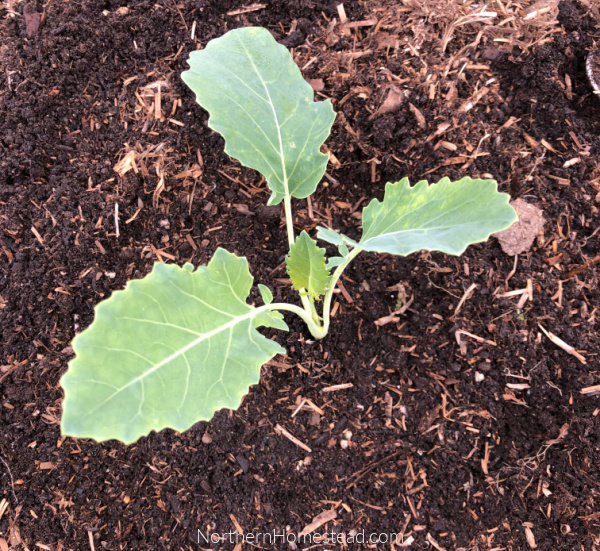
In many of our tutorials on how to transplant a seedling, or to divide multiple seedlings we actually use kohlrabi as an example. So if you know how to grow anything, you are already an expert on kohlrabi.
Because of flea beetles, and to use the space effectively we start kohlrabi indoors and plant them out once the seedlings are established.
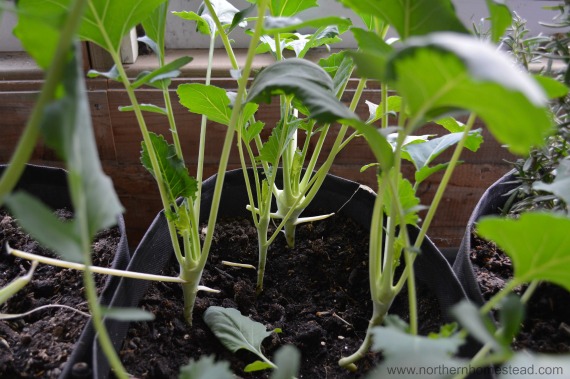
Like all cabbage family plants, kohlrabi likes rich soil full of organic matter, but will also grow in hydroponics and even containers. In the picture above they are growing indoors in a grow bag.
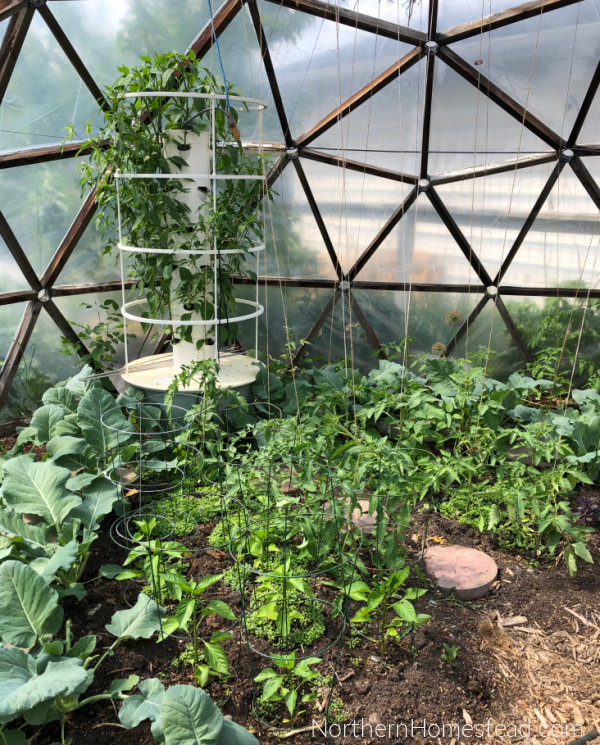
We usually grow three crops of kohlrabi during the year. One in early spring, planted in the greenhouse or raised beds. These plants get harvested before the summer vegetables need space. Then we start seedlings in early June, as fill-in plants, if something else fails to grow, and then we plant another crop indoors in August for winter growing indoors.

The NFT growing system is great for growing kohlrabi indoors. However, even though we harvest in the winter, they still need to be planted in late summer.
Harvesting kohlrabi
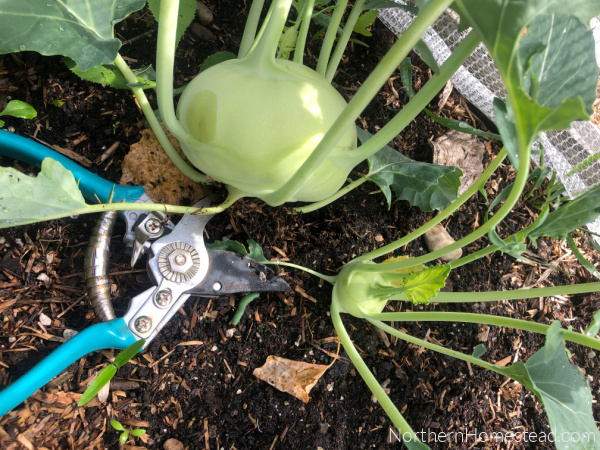
Kohlrabi is edible at any stage. Young plants have tender leaves that can be harvested if the season abruptly ends. I find that the mature leaves are bitter, some varieties more than others. But technically all of them are edible.
Once a nice bulb has formed, take garden shears and cut off the stem. Some varieties get woody with size, others do not. If you grew two or more in one cluster, leave the second intact so it can catch up (see picture).
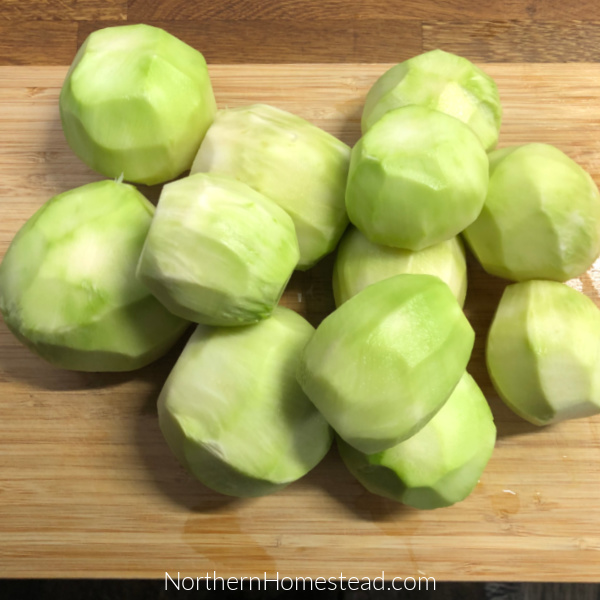
Now remove the leaves, use or compost them, peel the bulb, and use them as you wish.
Using kohlrabi
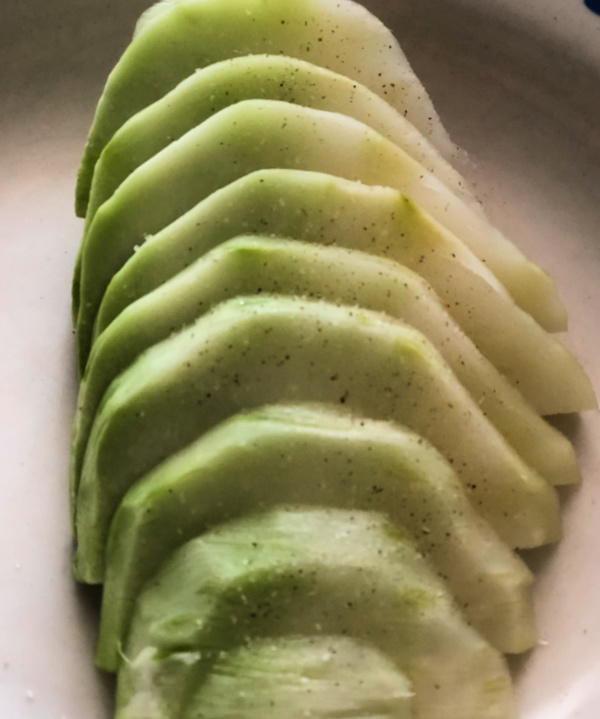
Kohlrabi tastes great fresh just sliced with some herbal salt, yum!
It can also be steamed, cooked, and backed very much as you would cauliflower. I also often substitute kohlrabi for cauliflower in vegetable curry or stew.
Preserving kohlrabi
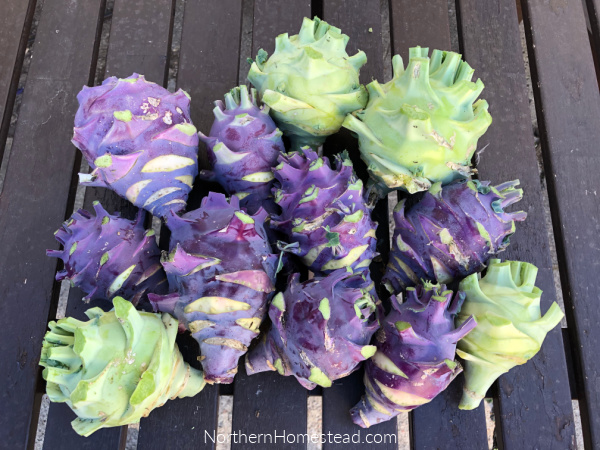
If we get a good harvest, we want to enjoy them longer than just fresh. The bulbs do last in the fridge for a while, but to make them last even longer, they do need to be preserved.
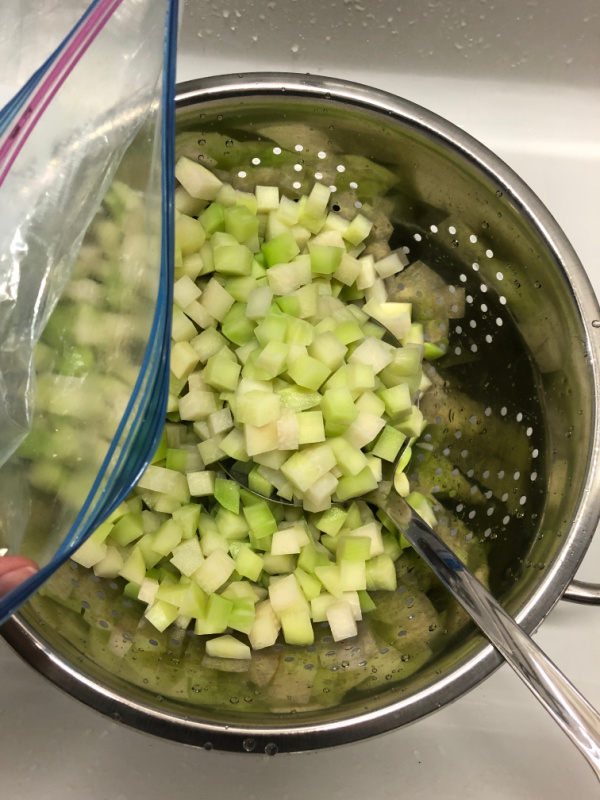
Freezing kohlrabi. Cut the kohlrabi into cubes and blanched them for 1 minute. Cool in cold water, drain, and package in freezer bags. Seal and freeze.
If you like pickled cauliflower, kohlrabi would do just the same. Just substitute cauliflower with slices of kohlrabi.
Shredded it can also be fermented. The Fermented Vegetables book has recipes for that. Or just make your own creation, fermenting is simple.
Do you grow kohlrabi? What is your favorite way to use them?
If you like this post don’t forget to subscribe to Northern Homestead and follow us on Instagram, Facebook, or Pinterest for the latest updates.

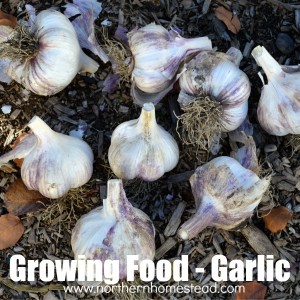
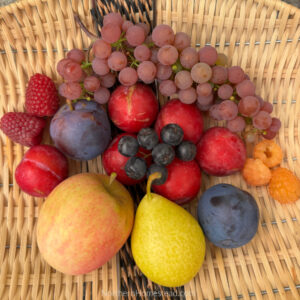
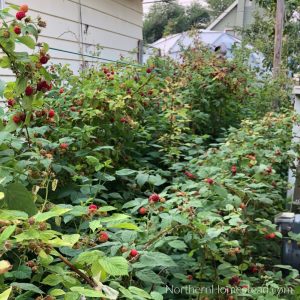


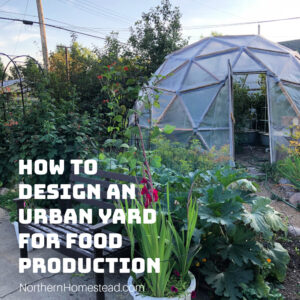
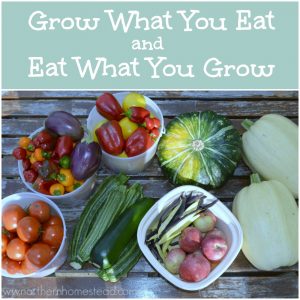
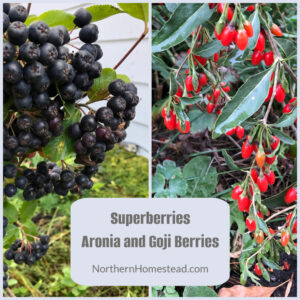
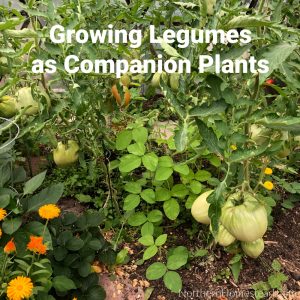
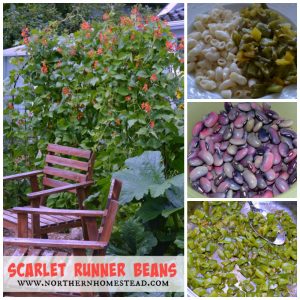

Leave a Reply